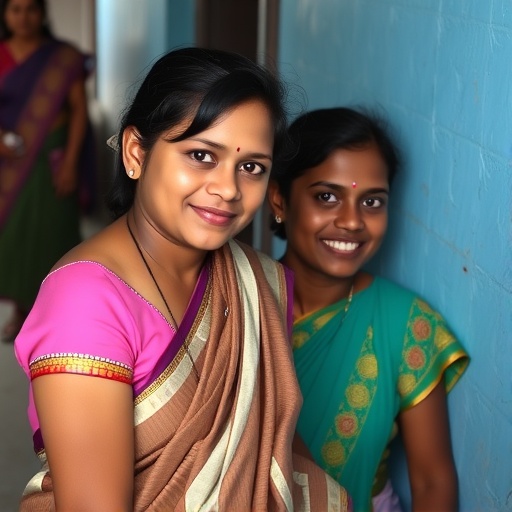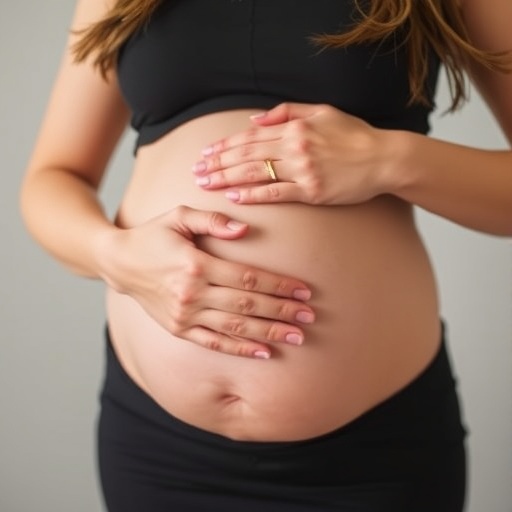Sound bites available upon request
On average, American colleges and universities with nursing programs offer about one hour of instruction in handling catastrophic situations such as nuclear events, pandemics, or water contamination crises, according to two recent studies coauthored by a nursing professor at the University of Tennessee, Knoxville.
“Events that can cause greater impact but are less likely to occur, usually receive less training hours,” said Roberta Lavin, executive associate dean and professor in UT’s College of Nursing. Lavin is coauthor of the studies published in the Journal of Perinatal and Neonatal Nursing and Nursing Outlook.
The studies’ results come from two surveys that were sent to all colleges and universities that offer nursing programs in the United States.
The surveys revealed that most students said they were not getting enough instruction in emergency response, while professors and lecturers said they were not prepared to teach how to offer care during and after catastrophic situations.
“Emergencies are not just the exact moment a disaster hits; it is also the aftermath. How do we evacuate a town? How do we carry out care for other chronic, sometimes life-lasting consequences that derive from these situations? That is the big challenge,” said Lavin.
One study examined the management of Zika fever and water contamination crises and was focused on nurses’ preparedness to attend pregnant women and children, two populations that are often overlooked in emergency plans.
In addition to nursing schools, that same study also assessed the preparedness of Master of Public Health programs, medical schools, and Doctor of Osteopathy programs in America.
“Even though all accreditation standards require this type of preparation, we are not putting enough emphasis on it,” said Lavin.
Lavin and her coauthors now are working to offer resources to help close that knowledge gap. One of the actions they are taking is to design educational modules for instructors to use in their classes. The units are licensed under Creative Commons and can be downloaded free of charge; users can adjust the courses to meet the needs of their communities.
“We are putting people out there to attend these emergencies, and we owe it to them to prepare them right,” Lavin said.
###
The article “Zika and flint water public health emergencies: Disaster training tool kits relevant to pregnant women and children,” was written in collaboration with researchers at the Johns Hopkins University School of Nursing, the schools of Nursing and Medicine of Saint Louis University (Missouri), Louisiana State University School of Nursing, and the University of Missouri, St. Louis’ School of Nursing.
The article “National nurse readiness for radiation emergencies and nuclear events: A systematic review of the literature,” was prepared in collaboration with researchers in the Johns Hopkins School of Nursing; Johns Hopkins Center for Humanitarian Health; Johns Hopkins Bloomberg School of Public Health; the University of Missouri, St. Louis’ School of Nursing; the Johns Hopkins University School of Medicine; the Johns Hopkins Bloomberg Children’s Hospital; and the John Hopkins SPAN Program (Supporting Professional Advancement in Nursing).
CONTACT
Andrea Schneibel ([email protected], 865-974-3993)
Media Contact
Andrea Schneibel
[email protected]
http://dx.




